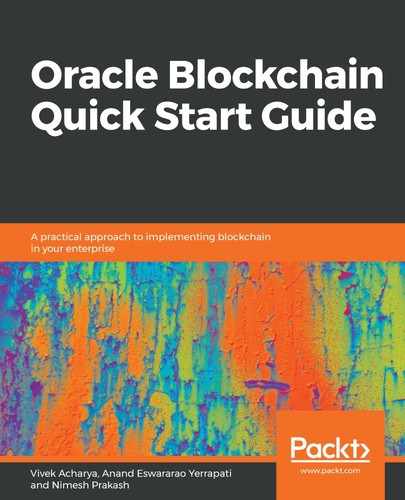This section highlights centralized and decentralized ledgers and distributed ledgers, and outlines the differences between them.
The following diagram shows different types of systems:

Types of systems and ledgers
Throughout this section, we will refer to the preceding diagram to understand the layout of various types of ledgers. Before we drill into the differences between centralized and distributed ledgers, let's understand the different types of system.
From the perspective of control, there are two types of systems—centralization and decentralization systems:
- Centralized system: One entity controls the entire system, where an entity can be a person or an enterprise.
- Decentralized system: In a decentralized system, there could be multiple entities controlling the system. There is no single point of control, and the control is shared between various independent entities.
From the perspective of location, there are two types of systems—centralized and distributed systems:
- Centralized system: All the constituting parts of the system, such as servers, ledgers, and so on, are co-located and exist at the same location
- Distributed system: All the constituting parts of the system, such as servers, ledgers, and so on, are NOT co-located and exist at different locations
These categories of the system lead to the following variants of the system:
- Distributed yet centralized system: Distributed yet centralized system is the category of system wherein the system is distributed, from the location's perspective, yet the system is controlled by a central authority or central entity. For example, cloud service providers offer various services such as compute, storage, SaaS, PaaS, IaaS, and so on. These services are offered via servers and databases that are distributed. However, the entire system is controlled by the cloud service provider. Such a system can be termed a distributed yet centralized system.
- Distributed system: Distributed systems, from the control's perspective, are decentralized, whereas from the location's perspective, they are distributed. This means that no single entity is the owner or authority of the system and the system doesn't have just one location—it is widely distributed. DLT and its type, such as blockchain, are such distributed systems, where control is not with one entity. Hence, no single entity can alter or modify the system (decentralized). Also, DLT and blockchain are based on the P2P network, where nodes (peers or participants) are independent and globally spread (distributed).
A distributed system is a superset of a decentralized system, and is based on a P2P network.
